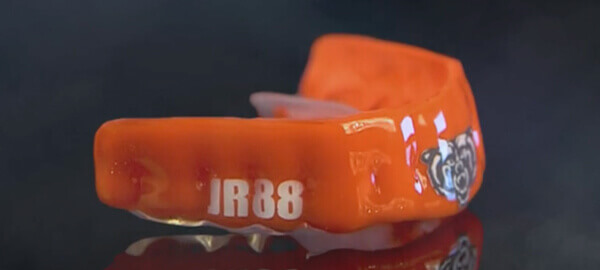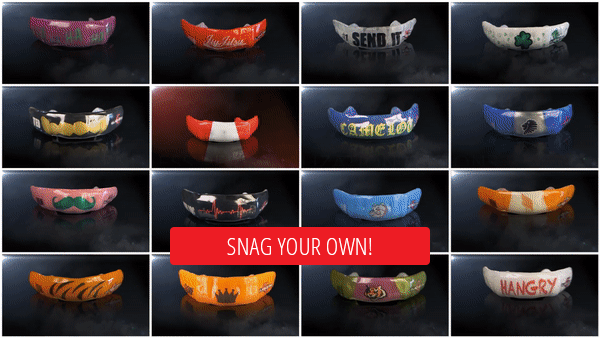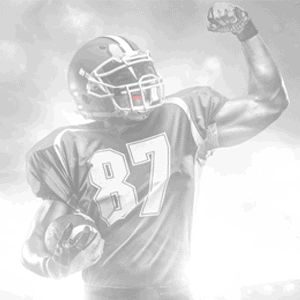3 Ways To Find The Right Mouthguard Fit

No matter which sports you play or what level you play at, a mouthguard is likely a mandatory part of your equipment. That’s because a direct impact from elbows, fists, pucks, sticks or any hard hit that slams the upper and lower jaw together can be a costly, lifelong injury.
So how do you ensure that your mouthguard fits properly? And why is it so important? The fit of your mouthguard is the most important factor when it comes to comfort and proper protection.
Here are 3 ways to find the right fit for your mouthguard:
1. A Unique Style For Your Singular Mouth
Every mouth is unique. Like your fingerprint, your specific mouth structure is yours and yours alone. When it comes to being properly protected from a mouthguard, the fit of the mouthguard simply can’t be “one-size-fits-all.”
To find the right mouthguard for you, you need to have options. This goes beyond varying levels of thickness. The construction of the mouthguard, the materials used, and the areas of protection should all be modified to your needs and sport. You should also be able to select specialized options that offer more protection in certain areas while limiting thickness in others, or solutions for chewing resistance.
Your individual needs are what make you unique and your mouthguard should match your exact needs.
2. Cut To Perfection
The next factor is the cut of your mouthguard, which also depends on your specific needs and sport. The cut will determine if the mouthguard makes you gag and if it allows clear speech and breathing.
Mouthguards need to be cut properly. First, the material must avoid the soft palate — the fleshy, flexible part toward the back of the roof of the mouth. That means your mouthguard must end between the end of the first molar and midway through the second. Any protective material in the soft palate area is providing no protection from any injury, so no material should enter this area from your mouthguard to avoid any discomfort.
Second, the cut must vary per sport. For team and non-striking sports, your mouthguard should be cut to maximize your ability to speak and breath clearly by removing material from behind the back of the front teeth — this is vital to your ability to play well. In striking sports, like boxing and Muay Thai, having a fuller cut will add stability providing a safer mouthguard.
3. No Biting Or Clenching
Do you have to bite or clench to keep your mouthguard in place? If the answer is yes, you have a poor fitting mouthguard.
When a mouthguard doesn’t fit tightly without biting or clenching, there’s a good chance it will end up where it shouldn’t — floating around the mouth during play. And that’s a big factor in gagging, discomfort and opening yourself up to injury.
Mouthguards should stay securely and tightly on the upper teeth without falling out or shifting. You should not have to adjust it during game action.







My request is quite unusual since it doesn’t have anything to do with sports but I am out of options.
I have been suffering with a severe TMJ disorder for the last five years with extreme jaw spasming that dislocated all of my teeth and eroded the left side of my jaw so that it now bone on bone as well as being forced to have all my teeth extracted since December 2023 and they had to wire my jaw shut just to give my gums a chance to heal 😞
I am unable to wear dentures because my jaw is still spasming and my gums are severely suffering because of this. Any assistance you could provide would be greatly appreciated.
We are very sorry to hear about your troubles. We believe we can help you. Please reach out to Customer Service at customerservice@gladiatorguards.com so they can best help you. They will need to ask you some specific questions about your intended use and how we can possibly help.